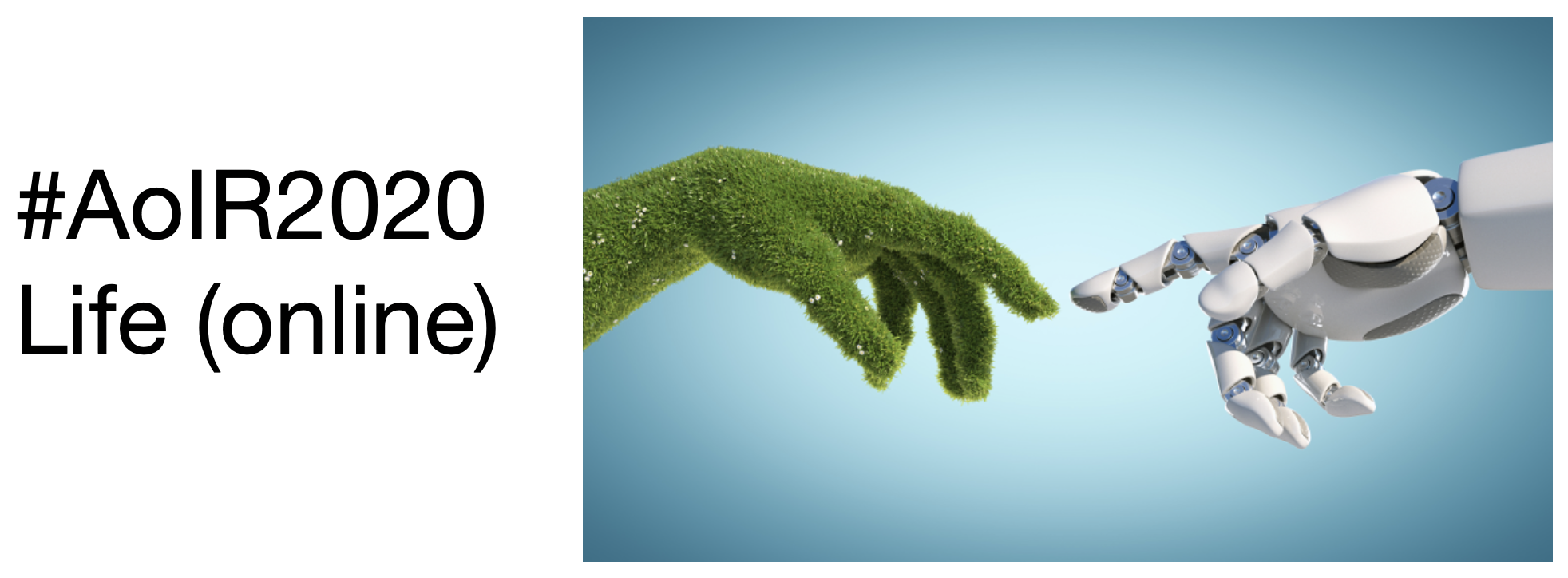SURVEILLANCE INFRASTRUCTURES IN AND FOR CRISES: A COMPARATIVE ANALYSIS OF CHINA AND SOUTH KOREA’S DEVELOPMENT OF QUARANTINE SURVEILLANCE MOBILE APPLICATIONS DURING COVID-19
DOI:
https://doi.org/10.5210/spir.v2020i0.11250Keywords:
surveillance infrastructure, epidemic, privacy, quarantine technology, comparative methodAbstract
This article examines China and South Korea’s health surveillance infrastructures that are being developed and deployed during COVID19. To control the outbreak and maintain the state, the Chinese government implemented the "Alipay Health Code” in collaboration with technology giants like Alibaba, while South Korea launched a “self-quarantine safety protection app” to enforce home isolation to suspected carriers and monitor their health statuses. By comparatively analyzing these quarantine surveillance mobile applications that the Chinese and South Korean governments are utilizing in pandemic control, we investigate how these two different governmental regimes - one authoritarian and the other democratic - construct and propagate what their state-of-the-art surveillance technologies can offer to the public in moments of emergency. Through a mixture of walk-through method and situational analysis, this article aims to unpack the processes in which these technologies become developed and examine the politics around their deployment. More broadly, we argue that analyzing them offers new opportunities to investigate the relationship between state surveillance and personal privacy in the context of a national crisis. As surveillance tactics that were deemed oppressive and undemocratic in ordinary times get easily normalized in crisis situations, these moments allow us to reveal the precarious and flexible nature of surveillance and privacy while destabilizing the West-oriented, dichotomic understanding of these concepts. This article tackles this question by observing the relationships among relevant actors – the state officials, industry professionals, and general users – and various contestations/negotiations involved in the processes of designing and deploying these quarantine surveillance apps.

